Battery Materials
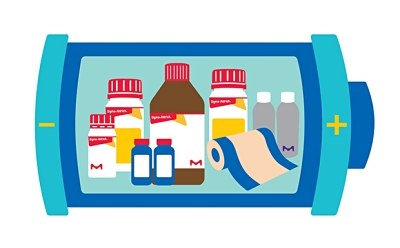
With unrivaled purity and consistency, our battery materials provide excellent, reliable performance to help our customers achieve reproducible data, even during long cycling experiments. Our diverse selection of battery materials supports all your research needs, from bench-scale to pilot-scale and even manufacturing.
Products
Products
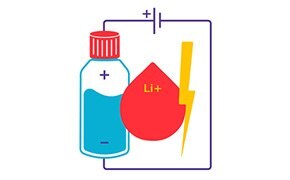
Electrolyte Battery Materials
An electrolyte is a substance that conducts electricity when dissolved in a solvent and is essential to the proper functioning of a battery. For lithium-ion batteries, the electrolyte usually consists of a lithium salt like lithium hexafluorophosphate dissolved in a blend of organic solvents like ethylene carbonate and diethyl carbonate.
Our battery-grade electrolytes offer the most consistent and reliable performance by strictly limiting trace water and acid impurities. We understand that customers have different needs when it comes to electrolyte formulation, so we offer both preformulated electrolytes that can be used right out of the bottle, as well as all the battery-grade electrolyte materials, such as solvents, electrolytic salts, and additives, that customers need to formulate their own electrolytes in-house. This flexibility and customization ensure that our customers get exactly the right solutions for their needs, whether they are working on coin cell testing or pouch cell prototyping.
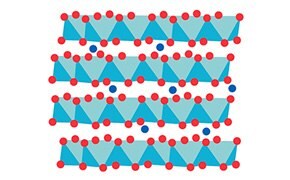
Cathode Battery Materials
In a lithium-ion battery, the cathode is the electrode that acquires electrons from the external circuit and plays a critical role in maintaining charge balance by simultaneously intercalating lithium ions. Typically, the cathode consists of a cathode active material (CAM, ~90%), polymeric binder (~5%), and a conductive additive (~5%). These materials are mixed to form a slurry, which is then cast onto an aluminum foil current collector to create the cathode.
The choice of CAM is a key factor that determines the energy density of the lithium-ion battery through cell voltage and capacity. Our high-quality CAMs include popular materials such as lithium cobalt oxide (LiCoO2), lithium manganese oxide (LiMn2O4), lithium iron phosphate (LiFePO4 or LFP), and lithium nickel manganese cobalt oxide (LiNiMnCoO2 or NMC), each offering strengths and tradeoffs with energy density, thermal stability, and cost-effectiveness. We also offer ready-to-cast slurries and ready-to-use electrode sheets for our customers who want to skip the time and labor of cathode processing and expedite their research.
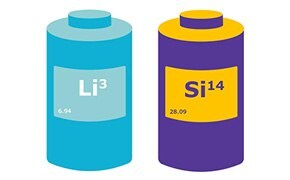
Anode Battery Materials
In a lithium-ion battery, the anode is the “negative” or “reducing” electrode that provides a source of electrons. Classically, anode materials are made of graphite, carbon-based materials, or metal oxides, which are called intercalation-type anodes. Next-generation conversion-type anodes, such as silicon and lithium metal are gaining popularity due to their higher energy density.
We provide a range of high-quality anode materials including natural and artificial graphite, silicon anode materials such as nanoparticles and silicon-carbon composites, lithium titanate (LTO), and metallic lithium. We also offer anode materials with carbon and LATP-coatings to tailor the performance to the customer needs as well as ready-to-cast slurries and ready-to-use electrode sheets.
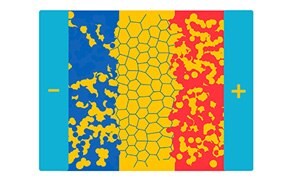
Solid-state Battery Materials
Solid-state batteries use a solid electrolyte to replace the liquid electrolyte used in current lithium-ion batteries and are one of the most promising next-generation battery technologies to improve safety and energy density. Solid electrolytes can be made from a range of materials, such as ceramics, polymers, and glasses, each offering unique advantages and properties. Our high-quality solid-state electrolyte materials are available in a variety of compositions, including sulfides, oxides, and halides. The materials are carefully synthesized with controlled particle size, crystallinity, and purity to provide reliable and reproducible performance in electrochemical cells.
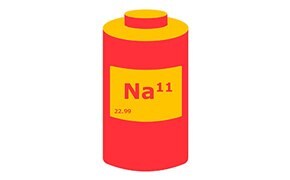
Sodium-ion Battery Materials
Sodium-ion batteries are an emerging alternative to lithium-ion batteries that offer significant advantages such as lower material costs, improved safety, and abundant resources. Sodium-ion batteries use sodium ions instead of lithium ions to store and transfer electric charges.
We provide a range of high-quality sodium-ion battery materials. Our sodium-ion materials include electrolytes, cathode and anode active materials, precursors, and electrode sheets, all designed to deliver high energy density, long cycle life, and consistent, reproducible performance.
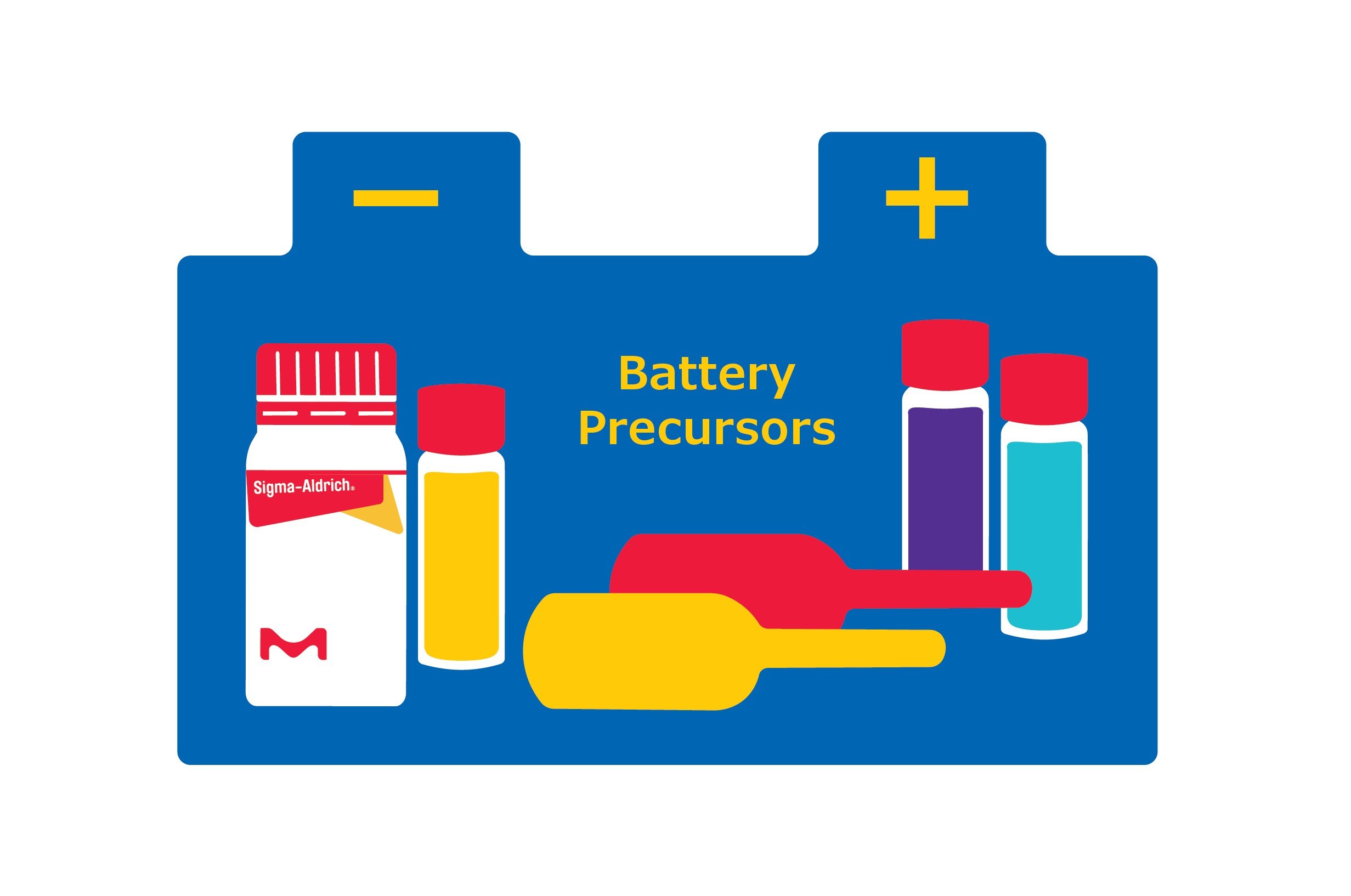
Battery-grade Precursors
Precursors are the compounds used to make the cathode or anode active materials. We offer a range of high-quality salt precursors for synthesis of battery materials, including battery-grade lithium salts such as lithium hydroxide and lithium carbonate and high-purity transition metal salts such as cobalt, manganese, nickel, aluminum, and iron salts. Whether precursors for solid-state reactions, co-precipitation, or wet chemical processing, we have the high-purity precursors to help our customers synthesize top-performing battery materials reliably and reproducibly.
Our team of experts is always available to help you navigate the vast array of battery materials and develop the best solutions that maximize the performance of your batteries. Discover these and additional battery materials, including our battery grade and greener alternative products. Check out our aluminum, copper, and nickel battery foil materials, high-viscosity anode and cathode binders, and carbon nanomaterials for all your research and commercial needs.
Related Resources
- Article: Ionic Liquids for Rechareable Batteries
Ionic liquid electrolytes explored for rechargeable batteries' advancement; future IL development discussed.
- Article: Electrode Materials for Li-ion Batteries
Solid oxide fuel cells and electrolyzers show potential for chemical-to-electrical energy conversion, despite early development stages.
- Article: Nano Olivine-based Cathode Materials for Li-ion Batteries
Researchers urged to develop renewable energy sources like wind and solar to mitigate fossil fuel's environmental impact.
- Article: Solid-State Rechargeable Batteries
Solid-state Li batteries: Review of solid electrolytes, ion conduction, structures, and electrochemical processes.
- Article: Recent Developments in Silicon Anode Materials for High Performance Lithium-Ion Batteries
Recent demand for electric and hybrid vehicles, coupled with a reduction in prices, has caused lithium-ion batteries (LIBs) to become an increasingly popular form of rechargeable battery technology.
- Article: Ionic Liquids for Energy Storage Applications
Ionic liquids, also called room temperature ionic liquids, are organic salts that are liquid at, or close to, room temperature.
- Article: Safer High-Performance Electrodes, Solid Electrolytes, and Interface Reactions for Lithium-Ion Batteries
Li-ion batteries are currently the focus of numerous research efforts with applications designed to reduce carbon-based emissions and improve energy storage capabilities.
- Article: Lithium-Ion Battery Performance: Dependence on Material Synthesis and Post‑Treatment Methods
Lithium-ion batteries' characteristics make them popular for electricity storage due to portability, rechargeability, and low cost.
- Article: Scaling Up High-Energy Cathode Materials for Electric Vehicles
The critical technical challenges associated with the commercialization of electric vehicle batteries include cost, performance, abuse tolerance, and lifespan.
- Article: Nanomaterials for Energy Storage in Lithium-ion Battery Applications
Nanomaterials for Energy Storage in Lithium-ion Battery Applications
To continue reading please sign in or create an account.
Don't Have An Account?